Home>Furniture & Design>Living Room Furniture>What Is Manual Recliner
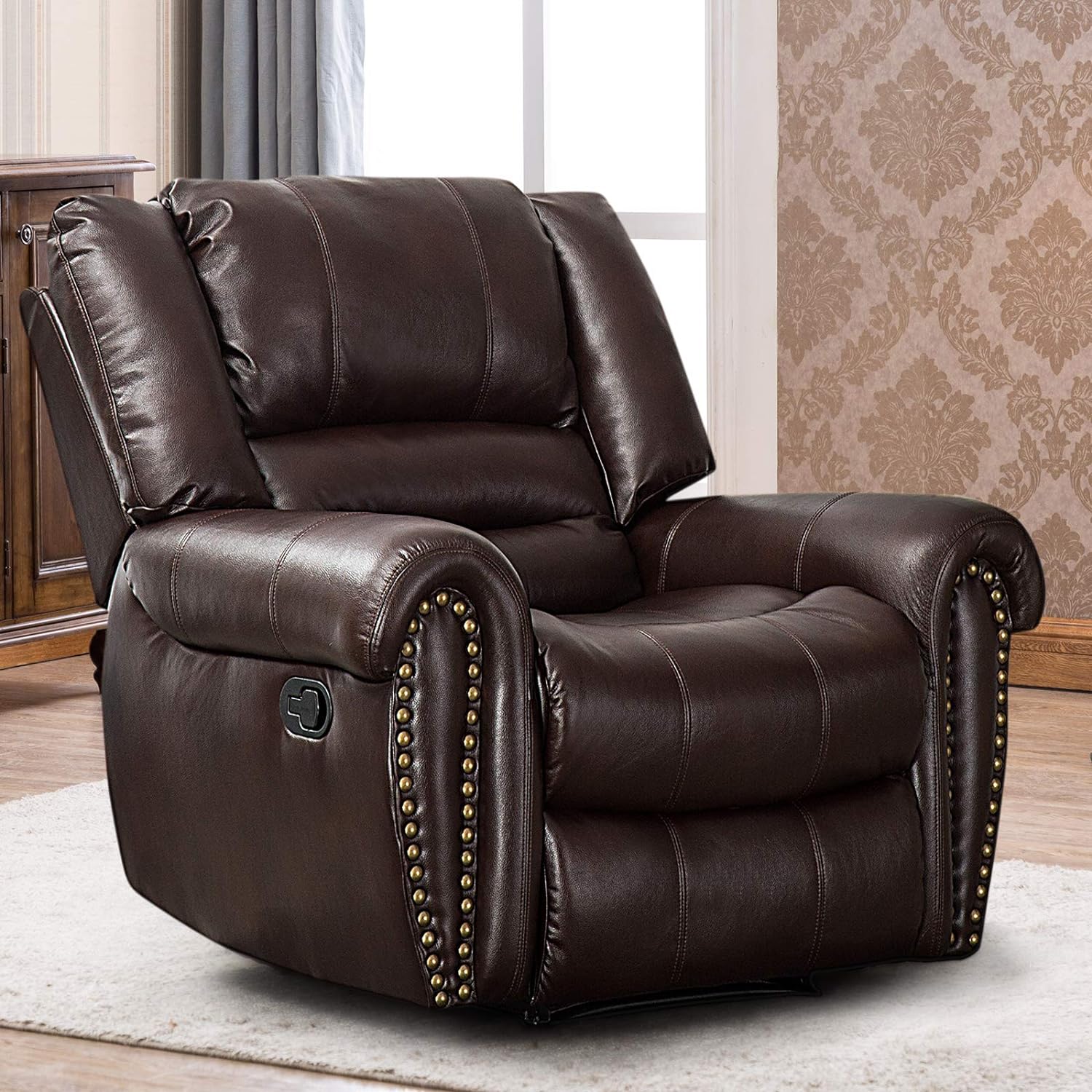

Living Room Furniture
What Is Manual Recliner
Modified: January 9, 2024
Discover the benefits of manual recliners in your living room. Shop our wide selection of living room furniture and design your perfect space today.
(Many of the links in this article redirect to a specific reviewed product. Your purchase of these products through affiliate links helps to generate commission for Storables.com, at no extra cost. Learn more)
Introduction
Welcome to the world of manual recliners! If you’re looking to enhance your living room furniture and design, a manual recliner can be a fantastic addition. But what exactly is a manual recliner? In this article, we will dive into the definition, types, features, pros and cons, as well as tips for choosing and maintaining manual recliners.
A manual recliner is a type of chair that allows you to adjust the position of the backrest and footrest manually, without the use of electronic mechanisms. With just a simple lever or handle, you can effortlessly recline the chair to find your preferred position of comfort and relaxation.
Manual recliners come in various styles, designs, and sizes, making them suitable for different living room aesthetics and spatial needs. Whether you’re looking for a sleek leather manual recliner to complement a modern decor or a plush fabric manual recliner for a cozy traditional setting, there’s a perfect option out there for you.
One of the main advantages of manual recliners is their simplicity. With no reliance on electricity or batteries, they are not only more affordable than their powered counterparts, but also more reliable and easier to maintain. Plus, the manual control allows you to personalize your reclining experience, finding the ideal angle for reading, lounging, or even taking a quick nap.
However, it’s important to weigh the pros and cons of manual recliners before making a purchase. While the manual operation provides flexibility, it also requires some physical effort to adjust the chair. Additionally, the range of reclining positions may not be as extensive as with an electric recliner.
Choosing the right manual recliner for your living room involves considering various factors such as size, material, comfort level, and style. Whether you’re looking for a single manual recliner or a set for your entire family, there are a few key tips to keep in mind to ensure the perfect fit for your space and preferences.
To keep your manual recliner in top-notch condition, regular maintenance and care are essential. From cleaning the upholstery to lubricating the mechanical parts, a little attention can go a long way in preserving the longevity and functionality of your recliner.
Finally, we’ll compare manual recliners with other types of recliners to help you determine which one best suits your needs. Understanding the differences between manual, electric, and push-back recliners will empower you to make an informed decision.
So, if you’re ready to transform your living room experience and enjoy the ultimate comfort and functionality of a manual recliner, let’s delve deeper into the world of manual recliners!
Key Takeaways:
- Manual recliners offer customizable comfort and style for any living room, with affordable pricing and reliable operation. Consider your preferences and needs to determine if a manual recliner is the perfect fit for your home.
- When choosing a manual recliner, consider factors such as size, upholstery, and additional features to ensure the perfect fit for your living room. Regular maintenance and care will preserve the longevity and comfort of your manual recliner.
Read more: What Is A Manual Recliner
Definition of a Manual Recliner
A manual recliner is a type of chair that offers adjustable seating positions through a manual mechanism, typically operated by a lever or handle. It allows you to recline the backrest and raise the footrest, providing optimal comfort and relaxation.
Unlike electric or power recliners that utilize motors and remote controls, manual recliners rely on human force to adjust the position. The user simply pulls the lever or pushes the handle, activating the reclining mechanism and allowing the chair to move smoothly into the desired position.
Manual recliners feature a sturdy framework and are often upholstered in soft and durable materials such as leather, fabric, or microfiber. The padding and cushioning ensure a comfortable seating experience, while the reclining mechanism offers flexible positioning options to suit individual preferences.
The main advantage of manual recliners is their simplicity and reliability. Since they do not require electricity or batteries, they can be used anywhere in the home without the need for a nearby power outlet. Additionally, manual recliners tend to be more affordable compared to their electric counterparts, making them an accessible option for many households.
One of the key features of a manual recliner is the ability to recline the backrest and raise the footrest independently. This allows users to find their desired position for various activities, such as watching TV, reading a book, taking a nap, or simply lounging in a comfortable position.
In terms of aesthetics, manual recliners come in a wide range of designs and styles to suit different interior decors. From sleek and modern designs to classic and traditional styles, there is a manual recliner to complement any living room furniture and design scheme.
It’s important to note that manual recliners require some physical effort to operate. The user must manually pull or push the lever to adjust the position of the chair. While this can be seen as a downside for those seeking effortless reclining, it also provides a sense of control and personalized adjustment.
Manual recliners offer a reliable and straightforward solution for achieving optimal comfort and relaxation in your living room. With their versatile design and affordable pricing, they are a popular choice for individuals and families looking to add a touch of luxury and convenience to their homes.
Types of Manual Recliners
Manual recliners come in a variety of types, each offering unique features and functionalities to suit different preferences and needs. Here are some of the common types of manual recliners:
- Traditional Manual Recliners: These are the most common type of manual recliners and often feature a classic design with plush cushioning and upholstered in fabric or leather. They typically have a lever or handle on the side to recline the backrest and raise the footrest.
- Swivel Glider Recliners: Swivel glider recliners combine the smooth gliding motion of a glider chair with the reclining function of a manual recliner. These versatile chairs can rotate 360 degrees and recline, allowing you to relax and swivel in any direction.
- Wall-Hugger Recliners: Wall-hugger recliners are designed to save space, making them a great choice for smaller living rooms or apartments. These recliners require minimal clearance from the wall behind them, as they move forward as they recline, unlike traditional recliners that move backward.
- Rocker Recliners: Rocker recliners offer the soothing motion of a rocking chair combined with the comfort of a recliner. These chairs not only recline but also rock back and forth, creating a gentle and relaxing motion while you unwind.
- Lift Recliners: Lift recliners are designed to assist individuals with mobility issues or those who may have difficulty getting in and out of a chair. These recliners have a lifting mechanism that tilts the chair forward, helping the user to stand up or sit down with ease.
- Sleeper Recliners: Sleeper recliners, also known as recliner sofas or recliner sectionals, offer the convenience of a recliner combined with the functionality of a sleeper sofa. These versatile pieces of furniture can be transformed into a bed, making them ideal for accommodating overnight guests.
- Massage Recliners: Massage recliners provide the ultimate relaxation experience with built-in massage features. These recliners offer different massage settings, including kneading, rolling, and vibration, to relieve tension and promote muscle relaxation.
Each type of manual recliner offers its own set of advantages and features, allowing you to choose the one that best meets your comfort preferences and living room requirements.
Features and Functionalities of Manual Recliners
Manual recliners are designed to provide maximum comfort and relaxation while maintaining ease of use. Here are some of the key features and functionalities of manual recliners:
- Adjustable Reclining Positions: Manual recliners allow you to adjust the position of the backrest and footrest independently, offering a range of reclining positions to suit your preferences. Whether you want to sit upright, recline partially, or fully lay back, manual recliners provide the flexibility to find your ideal comfort level.
- Lever or Handle Mechanism: The reclining mechanism of a manual recliner is typically operated by a lever or handle located on the side of the chair. You can simply pull the lever or push the handle to recline the chair, enabling effortless adjustments according to your desired position.
- Durable Construction: Manual recliners are built to withstand regular use and provide long-lasting comfort. They are constructed with a sturdy framework, often made of hardwood or steel, ensuring stability and durability over time.
- Comfortable Cushioning: Manual recliners are designed with padded seats, backrests, and armrests to offer optimal comfort. The cushioning can be made from high-density foam, memory foam, or a combination of materials to provide plush support and contour to your body shape.
- Variety of Upholstery Options: Manual recliners come in a wide range of upholstery options, including leather, fabric, microfiber, and more. Each material offers its own unique feel, durability, and aesthetic, allowing you to choose the one that best suits your personal style and preference.
- Additional Features: Some manual recliners may come with additional features to enhance your lounging experience. These can include built-in cup holders, storage compartments, USB ports for charging devices, and even heating and massage functions to promote relaxation and alleviate muscle tension.
- Easy Maintenance: Manual recliners are relatively easy to maintain. Most upholstery materials can be cleaned with a gentle detergent and a soft cloth. Additionally, periodically lubricating the moving parts of the reclining mechanism ensures smooth operation and prolongs the lifespan of the chair.
Manual recliners provide a versatile and customizable seating experience, allowing you to find the perfect position for relaxation, reading, watching TV, or taking a nap. With their durable construction, comfortable cushioning, and various features, manual recliners offer a cozy and convenient addition to any living room or entertainment area.
Pros and Cons of Manual Recliners
Manual recliners offer numerous advantages and a few disadvantages to consider when deciding on the perfect chair for your living room. Here are the pros and cons of manual recliners:
Read more: How To Manually Close An Electric Recliner
Pros:
- Affordability: Manual recliners are generally more affordable than their electric counterparts, making them a budget-friendly option for many individuals and families.
- Reliability: Since manual recliners rely on a lever or handle mechanism instead of electricity, they are less prone to malfunctions and power outages. This makes them a reliable option that works even during electrical disruptions.
- Control and Personalization: The manual operation of recliners allows users to have full control over the reclining process. You can easily adjust the backrest and footrest to find your desired position of comfort and relaxation.
- No Power Outlet Needed: Unlike electric recliners, manual recliners do not require a nearby power outlet. This offers greater flexibility in terms of placement within your living room and eliminates the need for unsightly cords.
- Simple and Easy to Use: Manual recliners have a straightforward design, making them easy to use for individuals of all ages. The operation only requires pulling or pushing a lever or handle to adjust the position.
Cons:
- Physical Effort Required: The manual operation of recliners means that some physical effort is required to adjust the position. If you have mobility issues or prefer effortless reclining, an electric recliner might be a more suitable choice.
- Limited Reclining Positions: Manual recliners typically offer a limited range of reclining positions compared to electric recliners. If you desire a wider selection of angles and positions, an electric recliner may be a better option for you.
- Less Advanced Features: Manual recliners often lack advanced features like built-in massage functions or USB charging ports, which are commonly found in electric recliners. If these features are important to you, you may want to consider an electric model.
- Not Suitable for All Ages: Due to the physical effort required to operate manual recliners, they may not be the best choice for individuals with limited strength or mobility, as well as for young children who may struggle with adjusting the position.
In summary, manual recliners offer affordability, reliability, and control over your reclining experience. However, they do require physical effort to operate and may have fewer features compared to electric recliners. Consider your specific needs and preferences to determine whether a manual recliner is the best fit for your living room.
Tips for Choosing the Right Manual Recliner
When selecting a manual recliner for your living room, there are several factors to consider to ensure you choose the right one that fits your needs and preferences. Here are some tips to help you in the process:
- Determine the Size: Consider the available space in your living room and the dimensions of the recliner. Measure the area where you plan to place the recliner to ensure it fits appropriately and allows for comfortable movement around the room.
- Consider the Reclining Positions: Think about the range of reclining positions you desire. Some manual recliners offer multiple angles, allowing you to find your preferred level of comfort. Test out the reclining positions of different recliners to find one that suits your needs.
- Choose the Right Upholstery: Select an upholstery material that matches your style and lifestyle. Leather recliners offer a luxurious and durable option, while fabric and microfiber upholstery provide a cozy and soft feel. Consider factors such as ease of cleaning, durability, and resistance to stains and pet hair.
- Assess the Padding and Cushioning: Sit and test the comfort of the recliner’s padding and cushioning. Look for high-density foam or memory foam padding that provides support and shape retention. The cushioning should be comfortable yet firm enough to avoid sagging over time.
- Check the Frame and Construction: Examine the frame of the recliner to ensure it is sturdy and durable. Hardwood or steel frames are favorable options as they offer stability and longevity. Avoid recliners with flimsy frames that may lead to squeaking or wobbling over time.
- Try out the Recliner: Sit in the recliner and test its usability. Ensure the lever or handle is easy to reach and operate. Activate the reclining mechanism and assess the smoothness of the movement. Pay attention to the overall comfort and support provided by the chair.
- Consider additional features: Determine if you would like any additional features in your recliner, such as built-in cup holders, storage compartments, or massage functions. These features can add convenience and enhance your overall lounging experience.
- Read Customer Reviews: Before making a purchase, read customer reviews to gain insight into the recliner’s quality, comfort, and durability. Reviews can provide valuable information from other customers who have experienced using the recliner firsthand.
- Set a Budget: Determine your budget range for a manual recliner. Recliners come in a wide price range, so it’s important to establish how much you are willing to spend. Remember to balance affordability with quality and features.
By considering these tips, you can narrow down your options and find the perfect manual recliner that meets your specific requirements, ensures optimal comfort, and enhances the overall aesthetics of your living room.
Maintenance and Care for Manual Recliners
To keep your manual recliner in excellent condition and extend its lifespan, regular maintenance and care are essential. By following these tips, you can ensure that your recliner remains clean, comfortable, and fully functional:
Read more: How To Manually Close Electric Recliner
1. Read the Manufacturer’s Instructions:
Start by reading and familiarizing yourself with the manufacturer’s instructions specific to your recliner. This will provide valuable guidance on maintenance and care, as well as any specific recommendations for your recliner model.
2. Keep it Clean:
Regularly vacuum or dust your recliner to remove any loose dirt, dust, or debris. Depending on the upholstery material, you can use a gentle upholstery cleaner or fabric-specific cleaning products to spot clean any stains or spills. Avoid using harsh chemicals or abrasive cleaners that may damage the material.
3. Handle with Care:
When operating the recliner, use gentle motions and avoid excessive force. Pull or push the lever or handle smoothly to avoid any unnecessary strain on the reclining mechanism. Treat the recliner with care to prevent any damage or accidents.
4. Lubricate Moving Parts:
Periodically lubricate the moving parts of your recliner to ensure smooth operation. Check the manufacturer’s instructions for recommended lubricants and application methods. Applying lubricant to the reclining mechanism and any other movable joints will help prevent squeaking and maintain optimal functionality.
Read more: What Is A Recliner
5. Rotate Cushions:
Rotate the seat and back cushions regularly to distribute the wear evenly. This will help prevent one side from becoming more flattened or worn out than the other. By rotating the cushions, you can maintain the overall comfort and appearance of your recliner.
6. Avoid Direct Sunlight and Heat:
Keep your recliner away from direct sunlight or heat sources, as prolonged exposure can cause the upholstery to fade or lose its color. Position your recliner in a location where it is protected from intense sunlight and extreme temperature fluctuations.
7. Address Spills Immediately:
If any spills occur on your recliner, address them promptly. Blot the area with a clean cloth or paper towel to absorb the liquid, avoiding rubbing or scrubbing, as this can spread the stain. Consult the manufacturer’s instructions for specific cleaning recommendations for your upholstery material.
8. Inspect and Tighten Parts Regularly:
Regularly inspect your recliner for loose screws or parts. If you notice any loose or wobbly components, tighten them gently. This will ensure the stability and safety of your recliner and prevent any further damage or accidents.
Read more: What Is A Manual Defrost Freezer
9. Protect with Covers:
Consider using removable covers or furniture protectors to shield your recliner from daily wear and tear, spills, or pet hair. These covers can be easily removed and laundered, providing an extra layer of protection and helping to keep your recliner looking clean and fresh.
By following these maintenance and care tips, you can preserve the comfort, functionality, and appearance of your manual recliner for years to come. Regular upkeep will not only extend the lifespan of your recliner but also ensure that it remains a comfortable and inviting piece of furniture in your living room.
Comparing Manual Recliners with Other Types of Recliners
When choosing a recliner for your living room, it’s important to consider the different types available on the market. Manual recliners are just one option, and it can be helpful to compare them with other types of recliners to make an informed decision. Here’s a comparison of manual recliners with other popular types:
Manual Recliners vs. Electric Recliners:
Operation: The main distinction between manual and electric recliners is the method of operation. Manual recliners require the user to manually adjust the position using a lever or handle, while electric recliners utilize a motorized mechanism controlled by a remote or button.
Convenience: Electric recliners offer greater convenience as they allow you to adjust the position at the touch of a button, eliminating the need for physical effort. Manual recliners, on the other hand, require manual operation, which may be less convenient for individuals with limited mobility or strength.
Range of Positions: Electric recliners often provide a greater range of reclining positions, including options for specific angles and even zero-gravity positions. Manual recliners, while adjustable, typically offer a more limited range of reclining angles.
Price: Manual recliners are generally more affordable compared to electric recliners, as they do not require an electrical mechanism or motorized components. If budget is a concern, a manual recliner may be a more cost-effective option.
Manual Recliners vs. Push-Back Recliners:
Functionality: Manual recliners and push-back recliners both offer adjustable seating positions, but they differ in the mechanism used. Manual recliners have a lever or handle to recline, while push-back recliners rely on body weight and pressure against the backrest for reclining.
Ease of Use: Manual recliners have a specific lever or handle designed for adjusting the reclining position, making them easier to operate and control. Push-back recliners require more instinctive movement and body positioning to achieve the desired recline angle.
Style and Aesthetics: Manual recliners and push-back recliners come in various styles and designs to complement different interior aesthetics. Both types can be upholstered in different materials, offering options to match your preferred style and decor.
Variability of Recline: Manual recliners offer a more flexible range of reclining positions compared to push-back recliners. With manual recliners, you have the ability to adjust the backrest and footrest independently, while push-back recliners provide a single, integrated recline angle.
Ultimately, the choice between manual recliners and other types depends on your personal preferences, budget, and specific needs. Consider factors such as ease of use, desired range of positions, and pricing to determine which type of recliner is the best fit for your living room.
Read more: What Is A Power Recliner
Frequently Asked Questions about Manual Recliners
Manual recliners are popular choices for enhancing comfort and relaxation in the living room. Here are some frequently asked questions about manual recliners, along with their answers:
1. Are manual recliners difficult to operate?
No, manual recliners are designed to be user-friendly and easy to operate. With a simple lever or handle mechanism, you can adjust the position of the chair’s backrest and footrest effortlessly. The operation requires minimal physical effort, making manual recliners suitable for people of all ages.
2. Can I stop the recliner at any angle I want?
Manual recliners typically offer multiple stopping points along the reclining spectrum. However, the number of adjustable angles may vary depending on the recliner model. It’s best to test different manual recliners to find one that provides the range of reclining positions you desire.
3. Can manual recliners be placed close to the wall?
Traditional manual recliners require ample space behind them to fully recline, as they move backward as they recline. However, there are wall-hugger manual recliners available that are specifically designed to be placed close to the wall. These recliners move forward as they recline, requiring less clearance space behind them.
Read more: What Is A Glider Recliner
4. Are manual recliners suitable for individuals with mobility issues?
Manual recliners can be suitable for individuals with mobility issues, especially those who have sufficient upper body strength. However, it’s important to consider individual needs and capabilities. For individuals with limited strength or mobility, lift recliners might be a better option as they have a lifting mechanism to assist with standing up and sitting down.
5. Can manual recliners accommodate different body sizes?
Yes, manual recliners come in various sizes to accommodate different body sizes and shapes. It’s important to choose a recliner that provides adequate room and support for your body. Consider the width, depth, and height of the seat, as well as the weight capacity of the recliner, to ensure a comfortable fit.
6. How do I clean and maintain a manual recliner?
Regular maintenance and care are essential to keep your manual recliner in good condition. Vacuum or dust it regularly to remove loose dirt and debris. Use a gentle upholstery cleaner or fabric-specific cleaning products to spot clean any stains. Refer to the manufacturer’s instructions for specific cleaning recommendations for your recliner’s upholstery material.
7. Can I add additional features to a manual recliner?
While manual recliners come with basic features, such as adjustable reclining positions, you typically cannot add additional features to them. If you desire features like built-in cup holders, storage compartments, or massage functions, you might want to consider other types of recliners that come with those specific features built-in.
Read more: What Is Rocker Recliner
8. How long do manual recliners usually last?
The lifespan of a manual recliner depends on factors such as quality, usage, and maintenance. With proper care and maintenance, a well-made manual recliner can last for several years, providing you with years of comfort and relaxation.
If you have any other questions or concerns about manual recliners, it’s best to consult with the manufacturer or a reputable furniture retailer who can provide you with specific information and guidance based on your needs.
Conclusion
Manual recliners offer a fantastic way to enhance your living room furniture and design while providing maximum comfort and relaxation. With their adjustable reclining positions and user-friendly operation, manual recliners are a popular choice for individuals and families alike.
In this article, we explored the definition of manual recliners and discussed the various types available. We also highlighted the features and functionalities of manual recliners, including their affordability, reliability, and customizable seating positions.
It’s important to consider the pros and cons of manual recliners when making your decision. While they offer simplicity and control, they do require some physical effort and may have a more limited range of reclining positions compared to electric models. By weighing these factors against your personal needs and preferences, you can determine if a manual recliner is the right choice for you.
If you decide to purchase a manual recliner, we provided some helpful tips for choosing the right one. From considering the size and upholstery material to assessing the padding and cushioning, these tips will assist you in finding a manual recliner that fits perfectly in your living room and matches your desired level of comfort.
Maintaining and caring for your manual recliner is crucial for its longevity and functionality. Regular cleaning, lubrication of moving parts, and gentle operation are essential to keep your recliner in excellent condition. By following these maintenance and care guidelines, you can ensure that your manual recliner remains a comfortable and attractive piece of furniture in your living room for years to come.
Lastly, we compared manual recliners with other types of recliners, including electric recliners and push-back recliners, to help you understand the differences. Considering factors such as convenience, range of positions, and price, you can make an informed decision on the type of recliner that best suits your needs.
In conclusion, manual recliners provide a versatile and affordable solution for adding comfort and style to your living room. Whether you prefer the simplicity of manual operation or desire a specific range of reclining positions, a manual recliner can be a wonderful addition to your home. So, take your time, explore different options, and select the perfect manual recliner that will transform your living room into a haven of relaxation and ultimate comfort.
Frequently Asked Questions about What Is Manual Recliner
Was this page helpful?
At Storables.com, we guarantee accurate and reliable information. Our content, validated by Expert Board Contributors, is crafted following stringent Editorial Policies. We're committed to providing you with well-researched, expert-backed insights for all your informational needs.
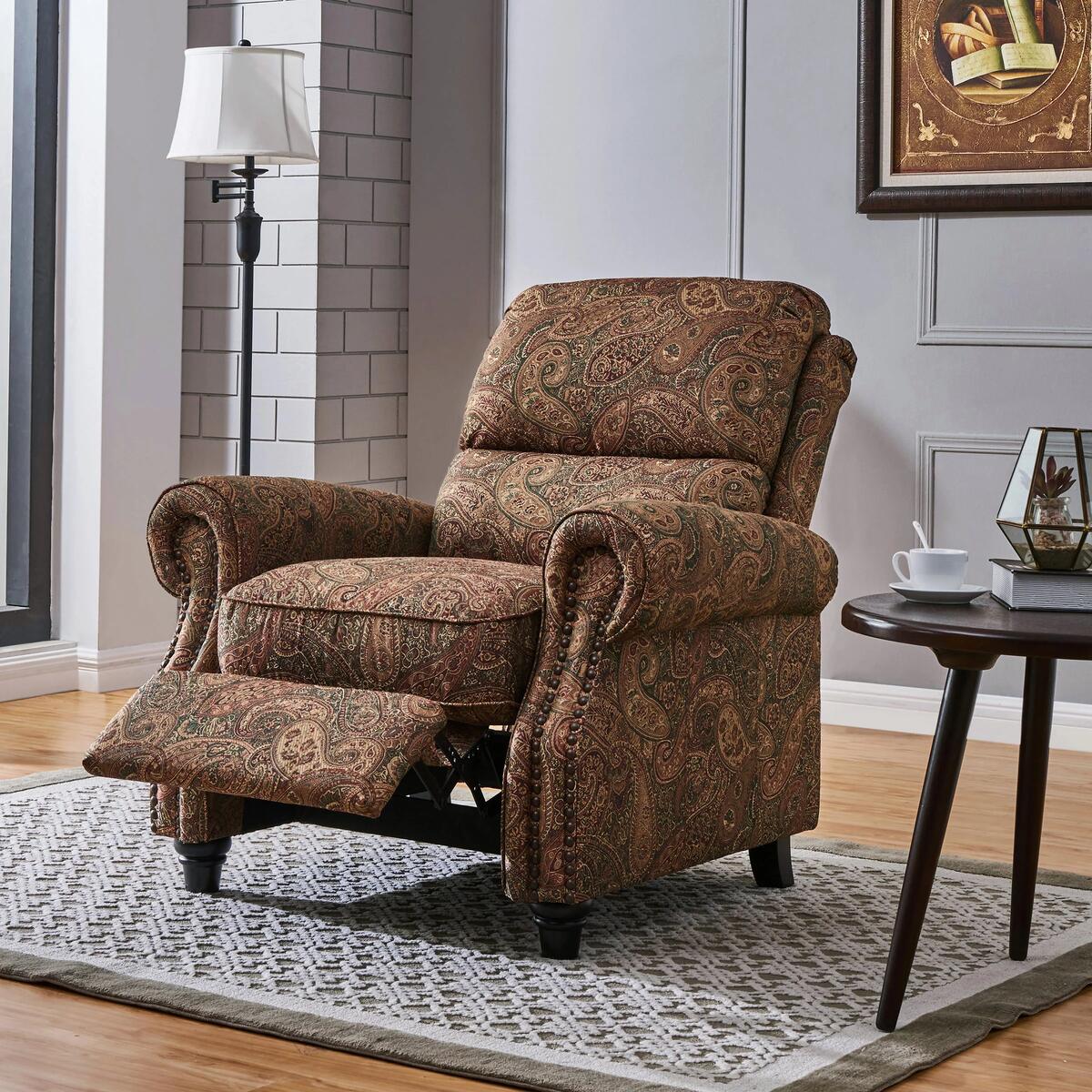
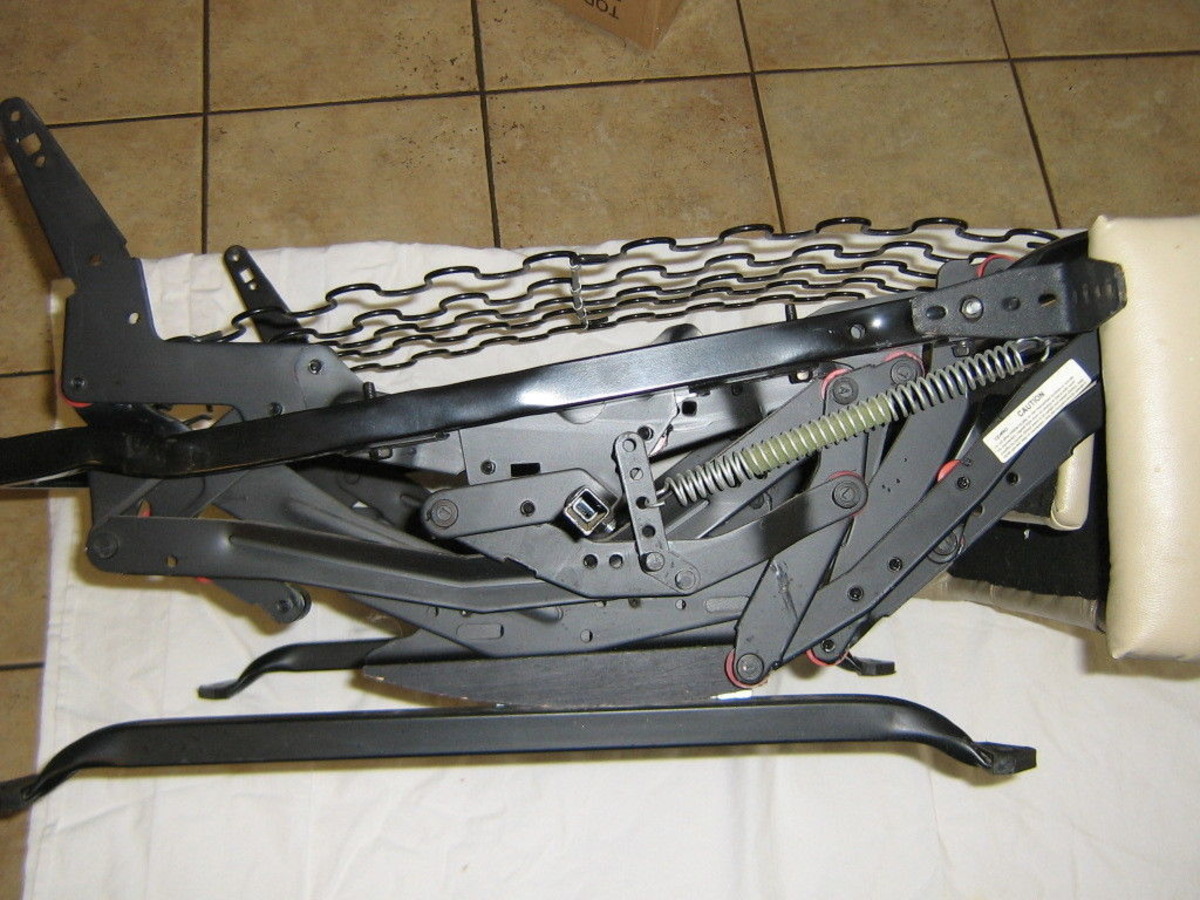
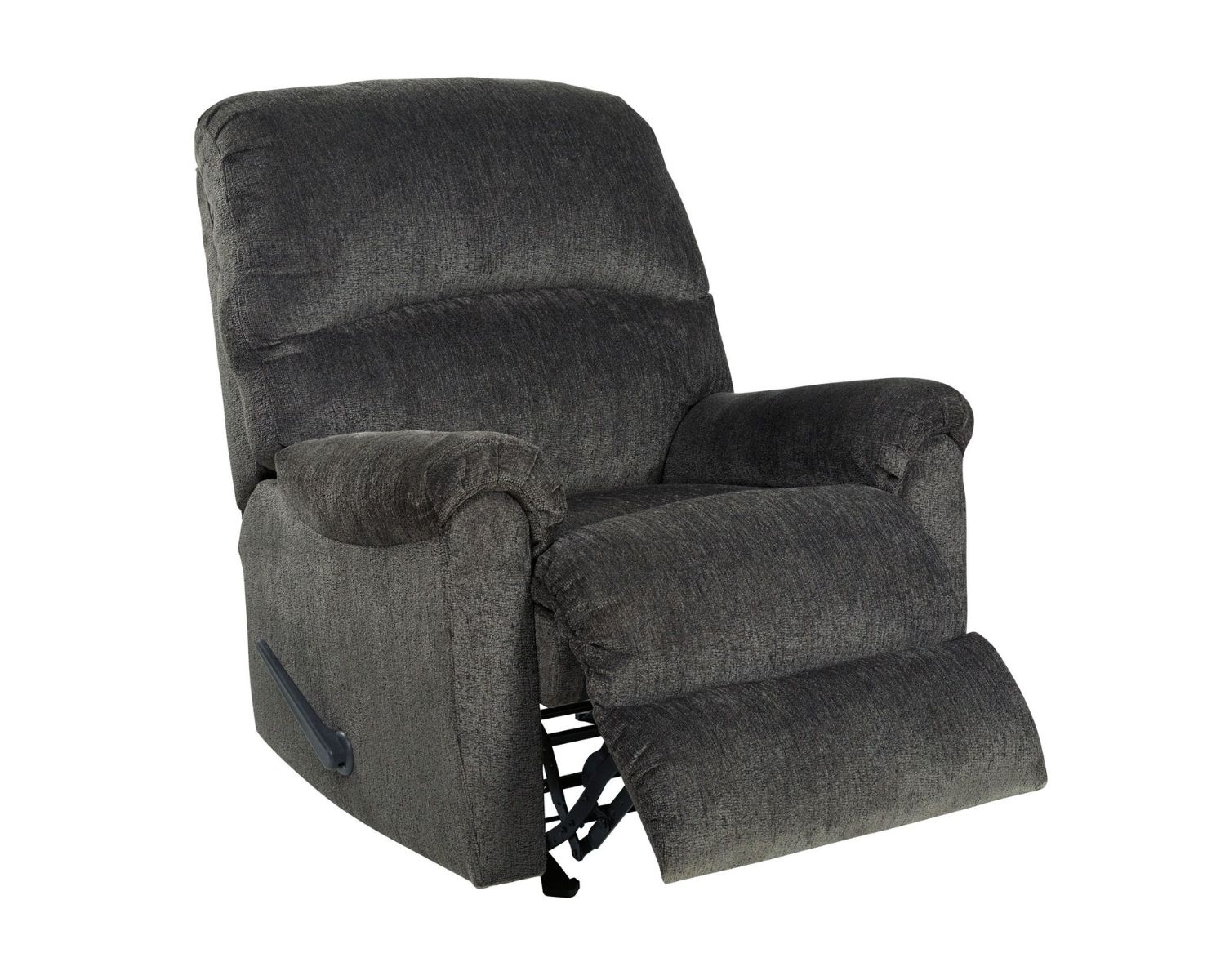
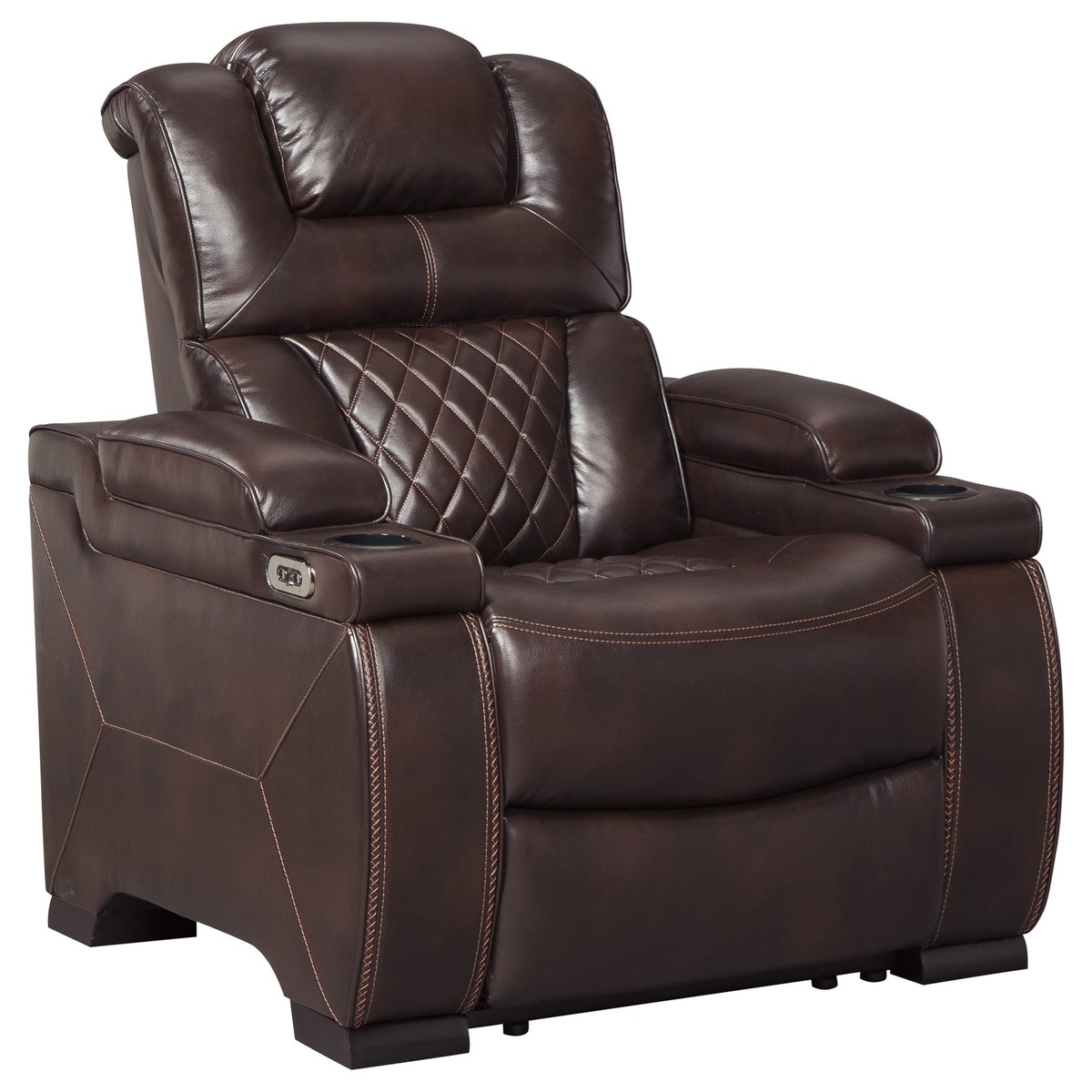

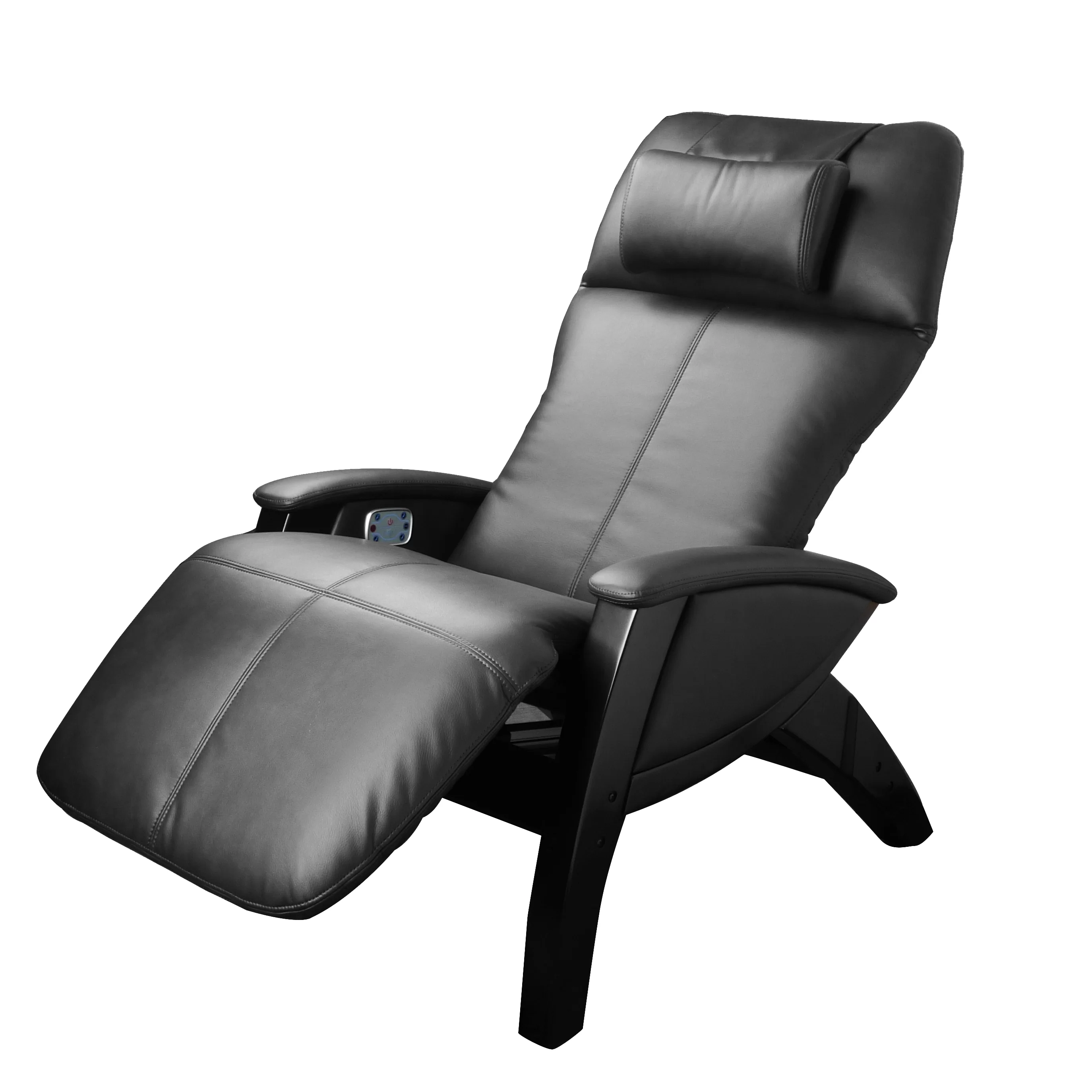
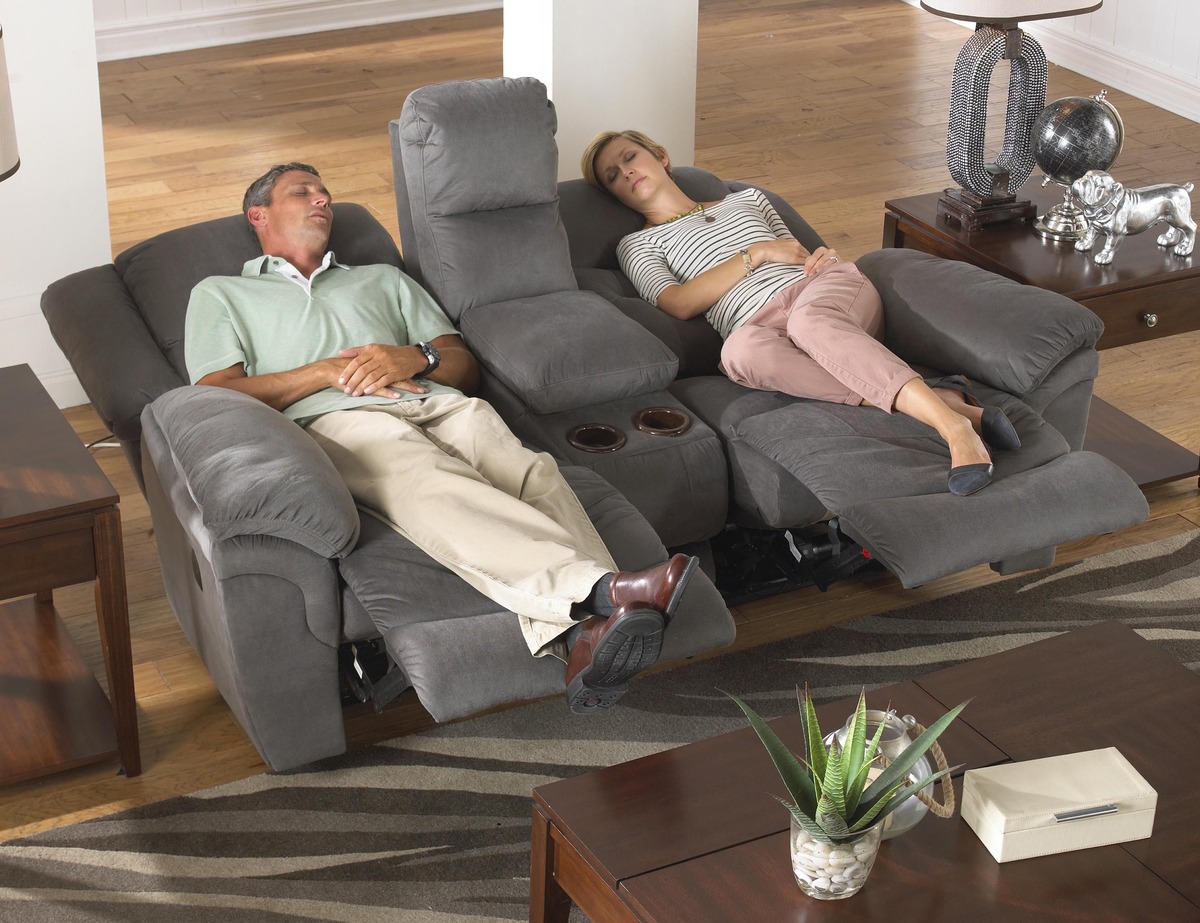
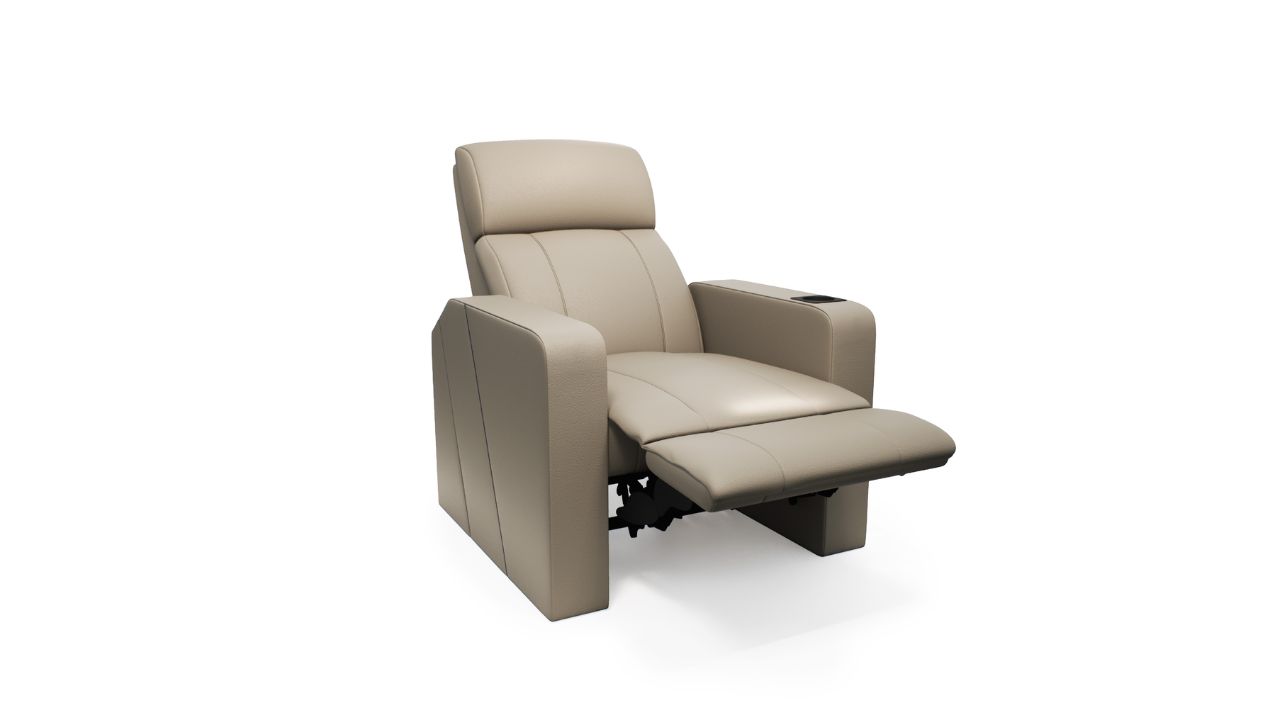

0 thoughts on “What Is Manual Recliner”